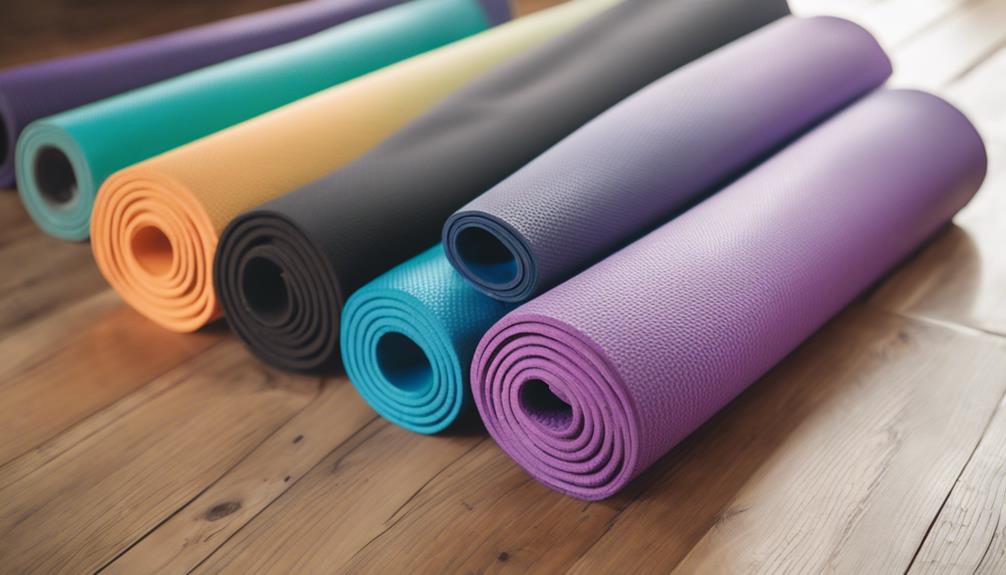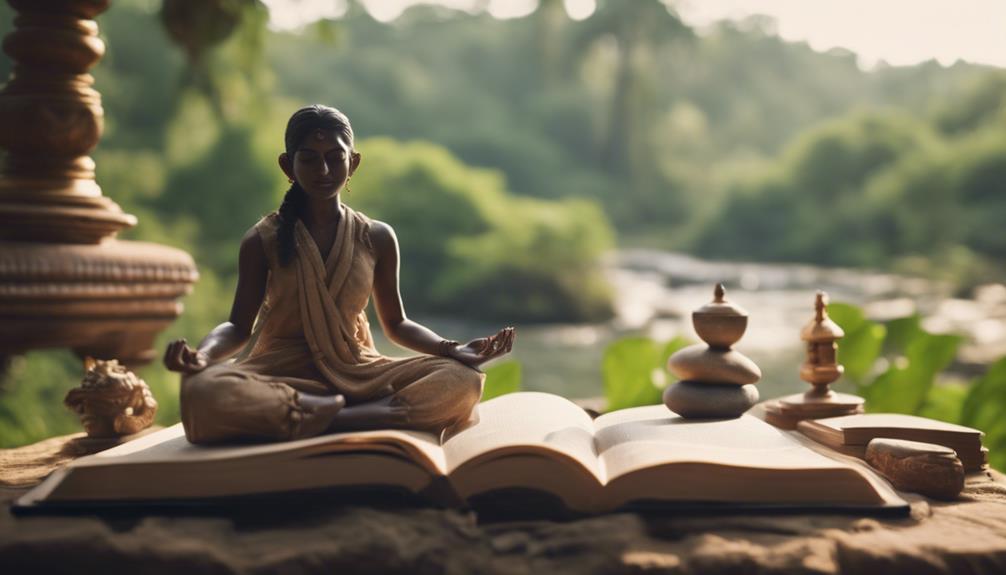
Yoga, a practice celebrated worldwide for its physical, mental, and spiritual benefits, has roots that are as deep and intricate as the poses it encompasses. With every stretch and breath taken on a yoga mat, practitioners tap into a tradition that dates back thousands of years. But who are the pioneers behind this ancient practice? Join us on a joyful journey through time as we unravel the mystique surrounding the origins of yoga and meet the masters who breathed life into this beloved discipline!
Unraveling the Mystique: The Origins of Yoga Awaits!
The origins of yoga are as enigmatic as a well-placed downward dog! Historical evidence suggests that yoga’s roots trace back to the Indus Valley Civilization, around 3000 BCE. Archaeological findings, including seals depicting figures in yogic postures, hint at a practice deeply embedded in the early spiritual and cultural fabric of society. This ancient civilization celebrated a holistic approach to life, combining physical, mental, and spiritual techniques, which would eventually blossom into the yoga we know today.how to do crow yoga pose
As time progressed, yoga evolved, intertwining with various philosophies, including Hinduism and Buddhism. The sacred texts known as the Vedas, composed around 1500 BCE, laid the groundwork for yoga’s integration into spiritual practice. The concept of meditation and the pursuit of enlightenment began to take center stage, leading to the codification of yoga principles in texts like the Upanishads and the Bhagavad Gita. These texts not only inspired practitioners but also provided a philosophical framework that guided the practice of yoga through millennia.
Fast forward to around 200 CE, and we encounter the Yoga Sutras of Patanjali, a seminal text that systematized yoga into an eightfold path known as Ashtanga Yoga. Patanjali’s writings offered guidance on ethical behavior, physical postures, breath control, and meditation, illuminating the path toward self-realization. This text served as a compass for practitioners, shaping the essence of yoga and laying the foundation for countless schools of thought that emerged over the centuries.
Meet the Ancient Masters Who Brought Yoga to Life!
As we dive deeper into the realm of yoga, let’s shine a spotlight on the ancient masters who shaped this transformative practice. One of the most revered figures in yoga history is Patanjali, the sage who compiled the Yoga Sutras. His profound insights bridged the gap between the physical and spiritual realms, providing practitioners with a map to navigate the complexities of the mind and body. Patanjali’s influence can be felt in every yoga class today, as students strive to cultivate inner peace and self-awareness through his teachings.
Another luminary in the world of yoga is Swami Vivekananda, who, in the 19th century, introduced the West to the principles of yoga. His charismatic personality and philosophical depth captivated audiences during his travels, where he eloquently spoke about the interconnectedness of all beings. Vivekananda emphasized the importance of integrating yoga into daily life, inspiring a generation to explore the beauty of meditation and self-discovery. His legacy continues to thrive, as many practitioners honor his vision of yoga as a tool for personal and societal transformation.
Lastly, we must acknowledge the contributions of T. Krishnamacharya, often considered the father of modern yoga. In the 20th century, he played a pivotal role in reviving and popularizing various yoga styles, including Vinyasa and Ashtanga. His teachings underscored the importance of adapting yoga practices to individual needs, making it accessible to a broader audience. Krishnamacharya’s students, such as B.K.S. Iyengar and Pattabhi Jois, carried his teachings into the global arena, ensuring that the wisdom of yoga continued to flourish and inspire generations to come.
From its ancient roots in the Indus Valley to the teachings of renowned masters, the story of yoga is one of evolution, wisdom, and joy. As practitioners roll out their mats, they continue a millennia-old tradition that embraces not just physical movement but a profound journey toward self-awareness and connection. So, whether you’re a seasoned yogi or a curious beginner, remember that behind each pose lies the legacy of those who devoted their lives to uncovering the mysteries of the mind, body, and spirit. Namaste!





